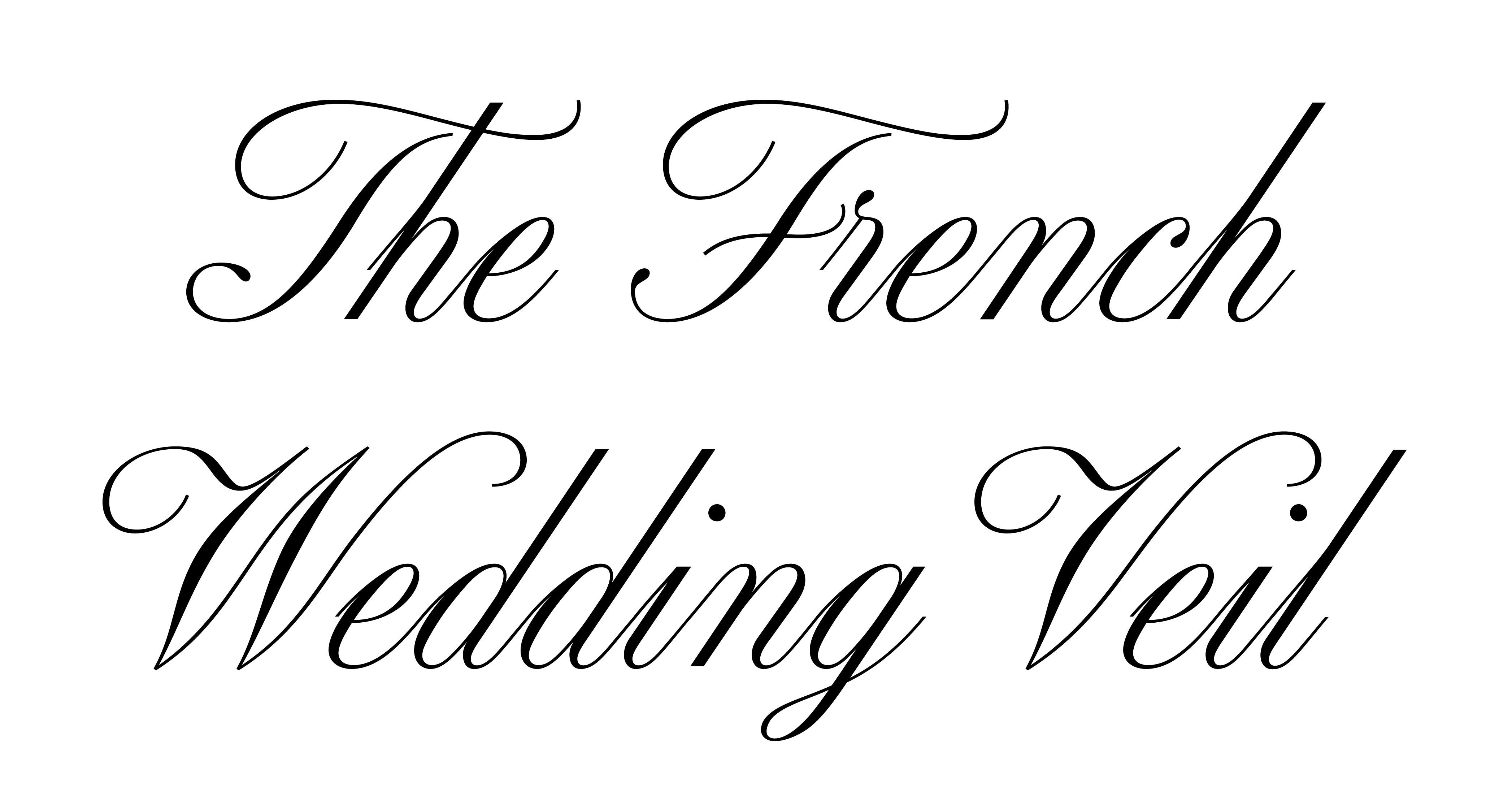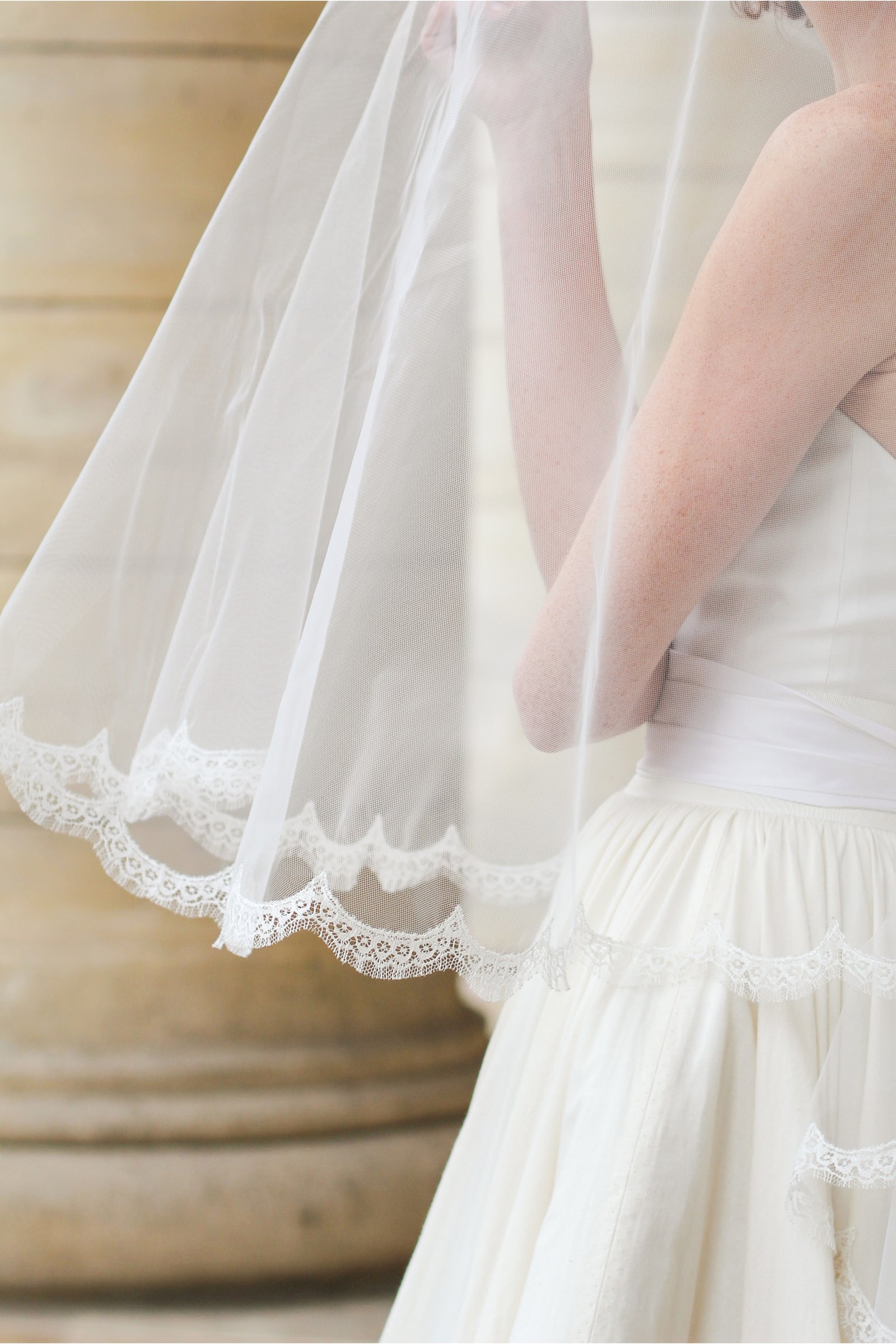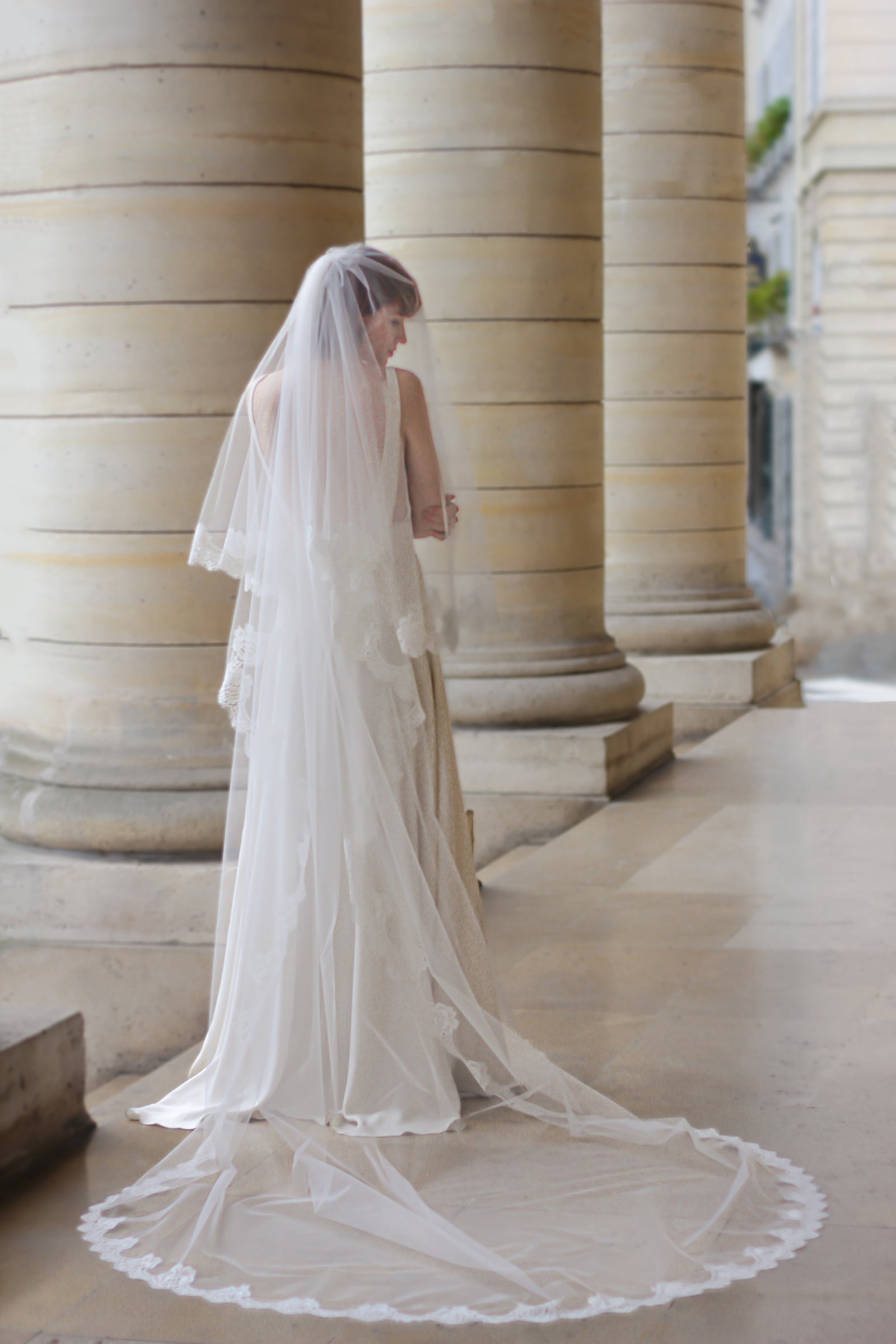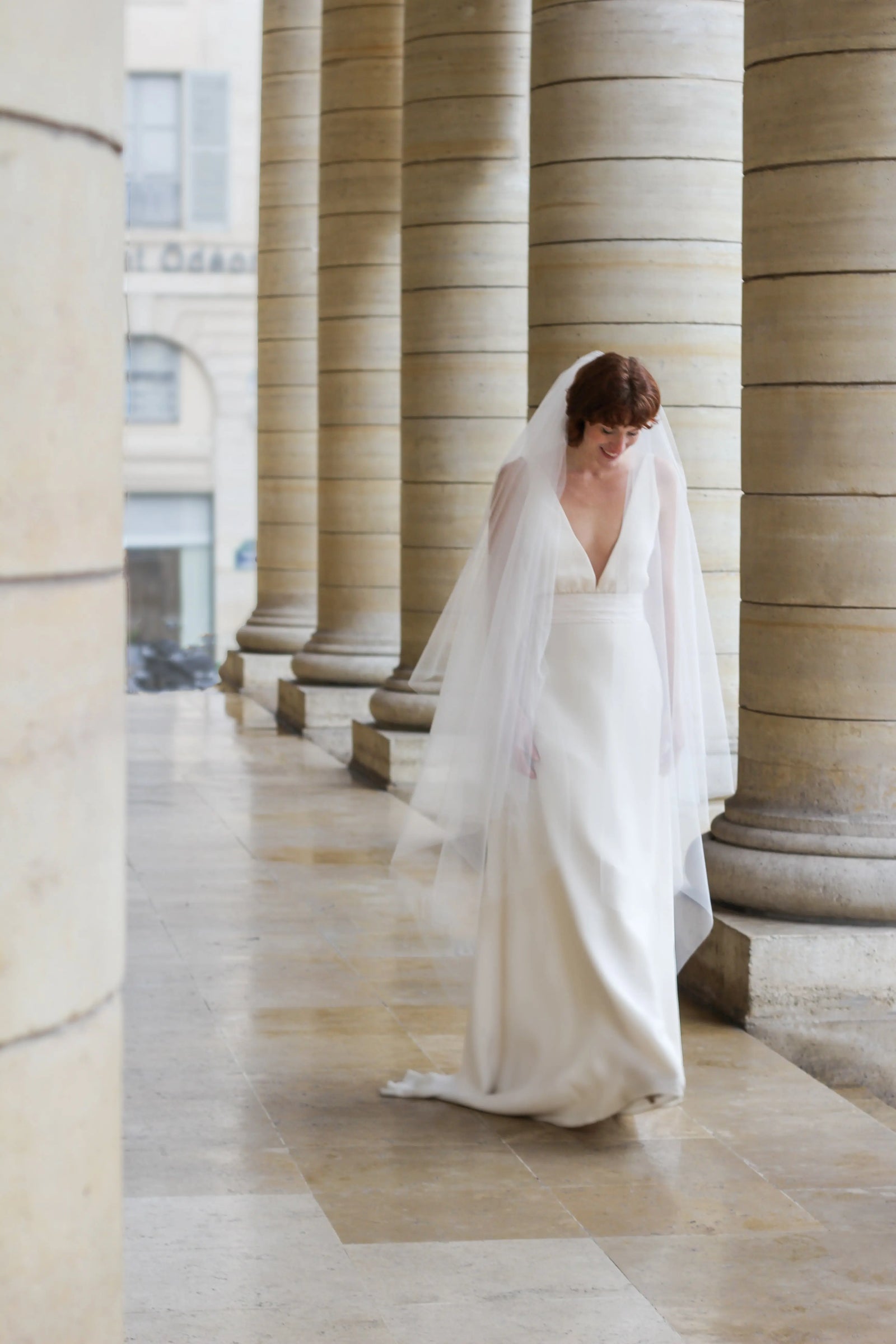How to Attach Your Wedding Veil to Your Hair: Placement, Hairstyles & Wedding Day Tips
Whether you're wearing a dramatic cathedral-length veil or a chic birdcage, figuring out how to wear it—securely, comfortably, and beautifully - can be one of those surprisingly tricky wedding day details. Brides often wonder: Will it stay in place? Will it suit my hairstyle? How do I remove it without ruining my hair?
In this complete guide, we’ll walk you through how to attach your wedding veil to your hair with confidence. You’ll learn about veil placement, which hairstyles pair best with each veil type, securing techniques that actually work, and how to transition your look smoothly between the ceremony and reception. Whether you're planning a classic church wedding or an outdoor celebration, these tips will help you look and feel your best from aisle to dance floor.
How to Secure Your Veil Properly
The key to wearing your veil with confidence is ensuring it’s well-secured. Our veils come with a small built-in comb that you can easily slid into your hairstyle. This make our bridal veils very light, secure and comfortable to wear - but a few extra steps to prevent slipping or shifting can make a big difference:
- Tease and spray: Backcomb the section where the comb will sit and apply a light mist of hairspray. This creates texture and hold for the comb to grip.
- Insert the comb with the curve facing down (like a frown). This creates a secure anchor point and helps the veil fall naturally.
- Bobby pins are your friend: Use bobby pins that match your hair color to pin the sides of the comb for extra security - especially important for outdoor ceremonies. For extra hold, crisscross two pins over the comb.
- For layered or heavy veils, consider adding discreet clips underneath for added support.
- Planning to wear a tiara or hair clip? The veil comb can slide underneath or behind the headpiece for a seamless, elegant look.
It’s also worth booking a hair trial with your veil ahead of the big day. This gives you and your stylist the chance to experiment with placement, try out different securing methods, and make sure everything feels stable and comfortable. A trial run is the best way to avoid last-minute adjustments and ensures your veil works beautifully with your hairstyle and headpiece.
Pro tip: Ask your hairstylist to show a trusted bridesmaid how to remove the veil gently if you plan to take it off after the ceremony.

Hairstyles That Work Best with Different Veil Types
Your hairstyle and veil should complement one another to create a cohesive bridal look.
Each veil can be made with or without a blusher, depending on whether you prefer the traditional face-covering element or a more modern, open look. We also offer the option to create your veil as a mantilla, with lace edging that frames the face beautifully, or in a more classic silhouette without the mantilla design. Whatever your preference, we’re here to craft a veil that complements your hairstyle, gown, and unique bridal style.
Here’s a breakdown of popular veil types and the best hairstyles to pair with them:
- Cathedral and Long Veils: These dramatic, flowing veils look best with structured hairstyles like low buns, chignons, or classic French twists. These styles provide a solid base for the veil and help balance the weight and volume.
- Short and Elbow-Length Veils: For mid-length veils, half-up, half-down hairstyles are ideal. They offer the romance of loose waves while still giving your veil something to anchor onto.
- Blusher Veils: A classic bun or sleek ponytail works well, keeping the focus on the face when the blusher is worn forward.
- Mantilla Veils: These Spanish-inspired lace-trimmed veils are often worn flat against the head. Pair with center parts, loose waves, or low buns for timeless elegance.

Managing Veil Changes During the Ceremony and Reception
If you plan to remove your veil after the ceremony, make sure your hairstyle allows for easy transitions.
- Practice beforehand: Do a test run with your stylist to practice removing the veil without disturbing your hair or headpiece.
- Assign a helper: Ask your maid of honor or stylist to assist with the veil change. Removing a comb from a secure updo can be tricky without help.
- Consider a second look: Many brides opt for a lighter veil, fascinator, or decorative comb for the reception. These accessories are not only comfortable but also allow for dancing and mingling with ease.
You can also design your wedding-day schedule with a quick "style reset" window - ideal for adjusting your veil, touching up makeup, and transitioning into your reception look.

Final Tips for a Comfortable, Stylish Bridal Veil Look
- Break in your veil: Try wearing it for an hour or two during fittings or hair trials to get used to the feel.
- Mind your movement: When walking or turning, gently gather the veil if it’s long to avoid stepping on it.
- Have a backup plan: Pack extra bobby pins, a mini hairspray, and a mirror in your bridal emergency kit, just in case.
A beautifully styled veil can elevate your entire bridal look but comfort and confidence are just as important as aesthetics. By understanding how to place and secure your veil, choosing the right hairstyle, and planning for transitions, you’ll look and feel amazing from your walk down the aisle to your final dance.

FAQs About How to Wear and Attach Your Wedding Veil
Q: How do I wear a wedding veil properly?
Answer: Start by teasing the section of your hair where the comb will sit and mist it lightly with hairspray. Insert the veil comb with the curve facing down, then secure the sides with bobby pins. This creates a stable, comfortable hold that lasts all day.
Q: Where should I place the veil comb?
Answer: Most brides place the comb at the crown or just above a bun. Mantilla or drop veils may sit farther forward on the head. The exact placement depends on your hairstyle, veil type, and any headpieces you’re wearing.
Q: Will a veil ruin my hair?
Answer: Not if it’s prepped right! A proper hair trial lets your stylist test placement and removal without disturbing your look. Ask a bridesmaid to remove the veil gently during the reception to preserve your hairstyle.
Q: What hairstyle works best with a veil?
Answer: The ideal hairstyle depends on the type of veil you're wearing. Cathedral veils pair beautifully with structured styles like a low bun, chignon, or French twist, which help support their length and weight. Fingertip or elbow-length veils work well with half-up styles or soft, loose waves, offering a romantic and versatile look. For mantilla veils, a low bun or center-parted waves create an elegant frame for the face and let the lace edging shine. If you're wearing a blusher veil, a sleek ponytail or classic bun keeps the focus on the face while maintaining a clean, polished silhouette.
Q: How do I keep a veil in place all day?
Answer: Backcomb your hair where the comb sits, mist with hairspray, and use bobby pins (criss-crossed) for extra security. For heavy veils or outdoor weddings, add discreet clips or ask your stylist to reinforce the comb.
Q: Can I wear a veil with a tiara or headpiece?
Answer: Yes! Insert the veil comb behind or beneath the tiara for a seamless look. Just be sure to test the full combo during your hair trial to ensure comfort and stability.
Q: How do I take off my veil without ruining my hair?
Answer: Have a bridesmaid or stylist gently lift the comb out from underneath. Don’t yank or pull - and make sure this is rehearsed during your trial so it’s a smooth, confident moment.
Q: What are some veil + updo combinations that work well?
Answer:
- Cathedral veil + low bun
- Blusher + sleek French twist
- Fingertip veil + braided crown
- Mantilla veil + soft chignon
